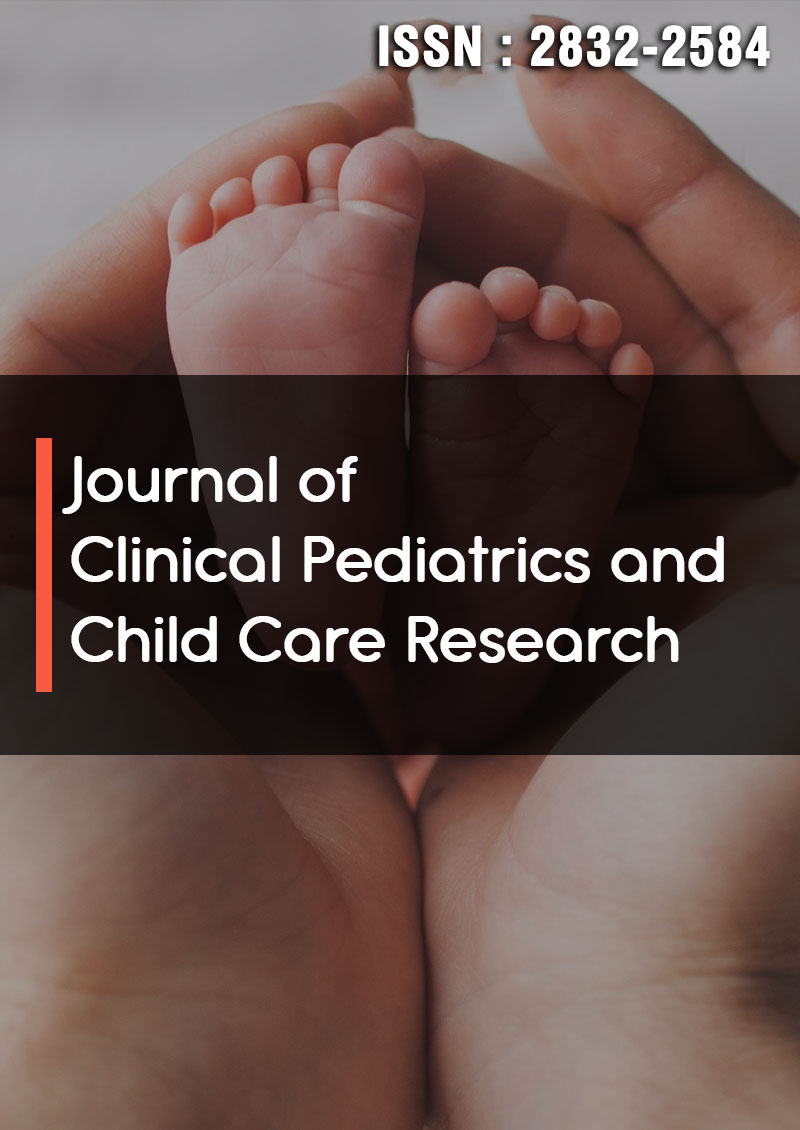Fetal Macrosomia at Gabriel Toure Hospital: Prevalence and Perinatal Prognosis
Abstract
Traore F, Konate D, Maiga B, Sacko K, Laoita Idriss, Diarra M, Toure D, Coulibaly Y A, Traore K, Sidibe LN, Diall H, Coulibaly O, Togo P, Cisse ME, Doumbia AK, Simaga T, Diakite AA, Dicko-Traore F, Togo B and Sylla M
Macrosomia is a concern in the daily practice of the neonatologist. The aim of this work was to investigate the sociodemographic, clinical and survival aspects of macrosomic neonates. It was a retrospective and descriptive study ran from 01/01/2017 to 31/12/2019. Were included, all macrosomic neonates hospitalized in neonatology service during the study period. Forty- six macrosomic newborns were included, accounting for a hospital frequency of 0.71%. The predominant maternal age group was 20-29 years. Pregnancy was monitored in 73.9% of cases. Gestational diabetes represented 30.4% of cases. Pregnancy term was not specified in 43.5% of cases, and was exceeded in 6.5%. The main complications recorded were a serosanguineous bump observed in 41.3% of cases, clavicle fracture in 10.9%, cephalohaematoma in 6.5%, humerus fracture and obstetric brachial plexus palsy in 2.2% each (Figure 1). Hypoglycemia was observed in 39.1% of patients, 13% of whom died. Newborns were hospitalized for perinatal anoxia in 52.2% of cases, followed by neonatal infection in 47.8% and respiratory distress in 41.3% (Figure 2). At least a quarter of newborns (26.1%) were resuscitated at birth. The average hospital stay was 5.39 ± 2.902 days, with extremes ranging from one to twelve days.




